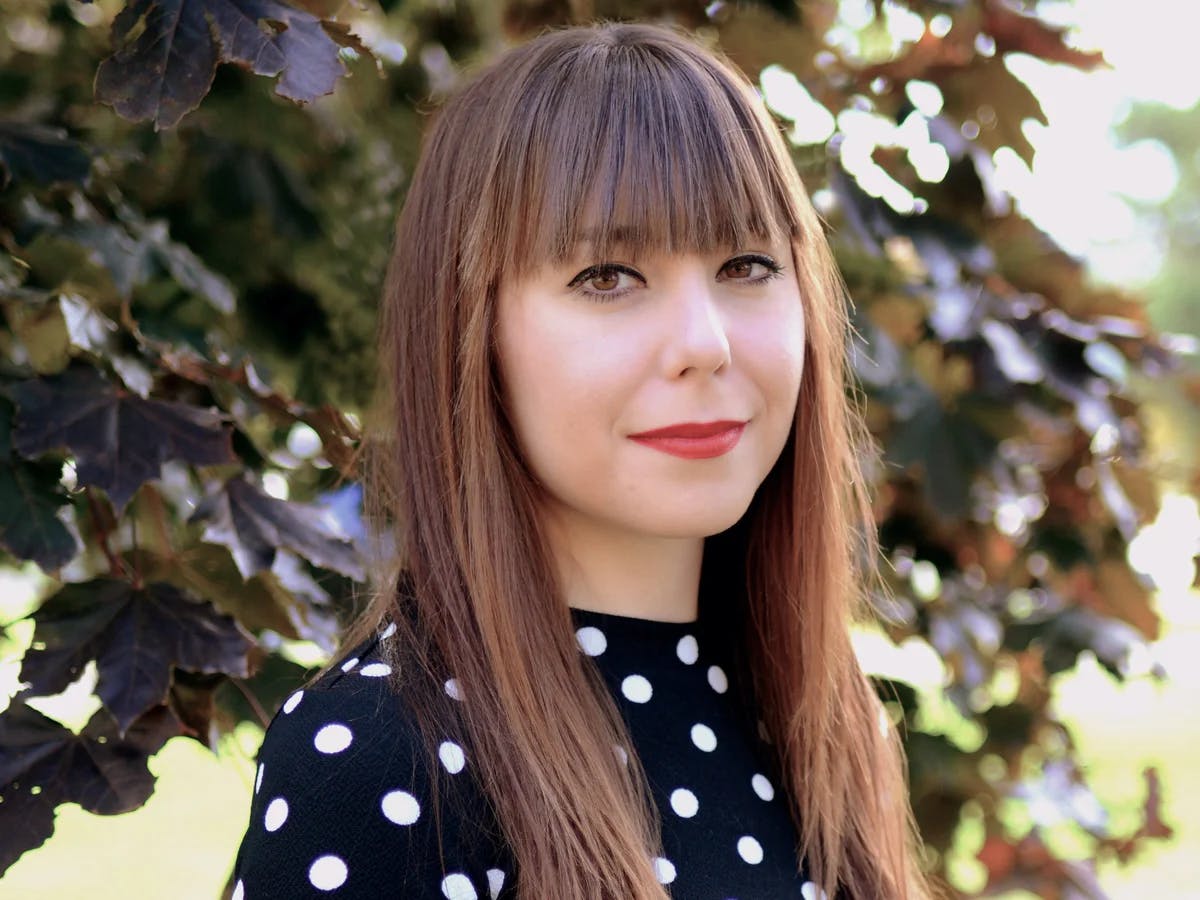
Monika Hesch
Leadership
Strategist
Marketing

I started working as an Art Director at advertising agencies since a young age, so I guess you could say that's where my professional journey began. One of my earliest projects was for Sedal brand, for the best creative concepts I've ever heard, even now a days: "let life mess up your hair." Created by one of the best, if not the best, creatives Argentina has produced: Leandro Raposo. How did I manage to work on that project? Something, that until today I don't know what it is (LOL), Leandro saw in me.
In the beginning, I saw and felt design through my own visual experience. Not having access to the plethora of tools and a whole world of references that exist today, back then what I did was go out on the street, and that's where I took my references, textures, patterns, typography from posters, etc. Of course, highly influenced by geniuses like Neville Brody or David Carson who were the pioneers and great masters for most of us in terms of Street and Punk Design. I'm not saying that today's designers are lab rats, but maybe answering the question specifically, I feel that's where the difference lies, while I sought inspiration on the streets, nowadays it's sought more in the endless possibilities provided by different innovation technologies. (I still couldn't say which of the two experiences is better)
I've had several, but I think undoubtedly one of the most difficult was the rebranding of Corona Mexico. Not only because of the magnitude and relevance of a brand so important to the Mexican market, but also because it's a brand found in over 90 countries. Conveying a concept with a locally rooted identity to the rest of the world was a beautiful and challenging task.
This question takes me back a bit to question 2. Even to this day, when I need to find inspiration, I go out for a walk with my dog down the street. And if suddenly I find myself in an unknown city, even better.
I have 23 years of experience, and my advice for those just starting out would be to never betray themselves. In this industry, it's easy to fall into the hands of toxic Creative Directors with little to contribute, or even companies whose only interest is the result measured in money and very little in creative quality. That's why it's important always to keep looking for beauty and have very clear what was the reason you got into this world. And finally, paraphrasing Pepe Mujica, former Uruguayan president, never forget that not everything is work and that there should always be plenty of time for craziness.
Knowing who the target market is in creating a brand identity is the key for its construction. Conducting exhaustive research on who we are targeting, how they behave, what they consume, what their customs are, and what values they possess, brings us closer to the right audience and not only that, but it allows us to attract them, emotionally connect, and therefore, generate the sought-after loyalty and community. Only by putting ourselves in the shoes of our target can we create the personality and voice of a brand, position it in the precise market, and thus obtain the expected results.
My career as an advertiser took off in Argentina at FCB agency as an Art Director trainee, where I faced the first lessons of the advertising world, surrounded by great industry professionals, and where I carried out my first creative projects. Then I got the opportunity for a promotion at the renowned JWT agency as a Junior Art Director, working for different important brands like Sedal, Knorr, and many more global clients. My third agency I joined was the award-winning Cannes agency, Del Campo Saatchi & Saatchi, in the early 2000s, where I became a Creative Director. There, my career was on the rise until I achieved an important move to Mexico as a Creative Director at FCB, then continuing my direction at Leo Burnett, and developing great creative works for the renowned Corona Mexico brand, until I decided to become an Independent Creative and continue growing with the new models and structures that the industry now demands. Now I own my own Creative Studio, which specializes in developing Advertising Campaigns focused on the entertainment world.
I think working with so many different, big, and relevant brands in popular culture is what inspires and nourishes an advertising creative the most. Each brand has its own identity, values, and audience. Working with multiple brands means facing a wide range of creative challenges, allowing exploration of different styles, tones, and communication approaches.
I believe the key to achieving great projects lies precisely in the combination of different styles and techniques. For example:
Storytelling: Telling stories that connect with the audience emotionally. Conveying emotions. That's our business.
Less is more: One of my favorite phrases that I try, whenever necessary, to use. Especially in design.
Humor: One of my favorite human emotions, if you make your audience laugh, they will always remember your brand.
Innovation: Seeking innovative techniques like virtual reality, artificial intelligence, etc., not only to captivate the public but also to never stop learning and surprising oneself.
Risk: Always be willing to take risks. If your project scares you, you're on the right track.
In summary, working for many different brands as a creative director offers an enriching and stimulating experience that drives professional growth, creativity, and diversity of perspectives.